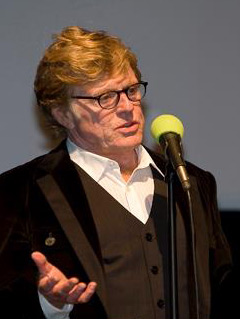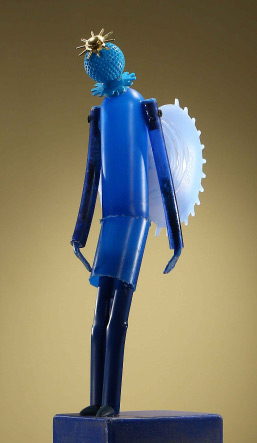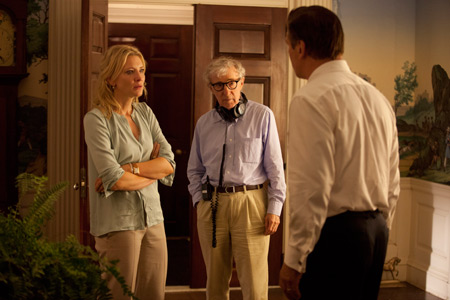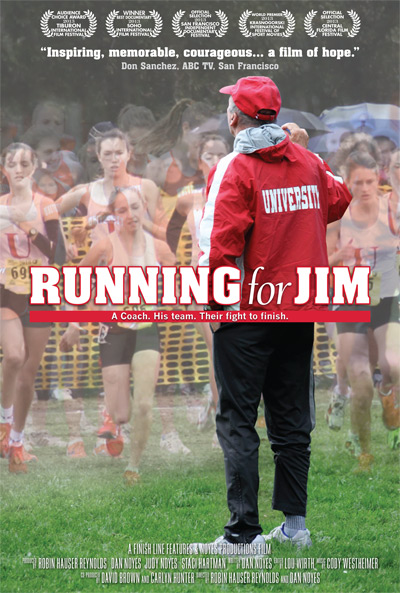
A NEW PLAN is in the works to remodel the historic Clay Theatre on Fillmore Street by expanding the concession area in the lobby and offering additional food and beverage options, including beer and wine.
The plan abandons earlier efforts to carve the Clay into three smaller screening rooms and build townhouses above the theater and an adjacent building, with a garage excavated underneath.
“We’ve been trying to figure out a way to get the theater revitalized and bring some life back to the boulevard,” said architect Charles Kahn, who is collaborating with the owner of the building, Blagobind Jaiswal. Jaiswal also owns the building next door housing the Alice + Olivia boutique and the Cielo clothing boutique a few doors south.
“This is all about saving the theater,” Kahn said. “It’s a much more modest project than where we started.”
A public hearing on the plans will be held on Monday, January 4, at 7 p.m. in Calvin Hall of the Calvary Presbyterian Church at 2515 Fillmore.
Kahn said the new plan calls for relocating the restrooms now in the lobby to the back of the theater behind the screen. That would free up space for an expanded food and beverage operation. Seating would also be upgraded and accessibility improved.
Kahn said no changes are planned to the facade of the theater.
UPDATE: The public hearing on January 4 left local supporters of the Clay Theatre optimistic about the future of the 110-year-old movie house. The owner of the building, Blagobind Jaiswall, and his architect, Charles Kahn, said they were “absolutely committed” to renovating and continuing the theater.
Film fans at the meeting questioned plans to move the restrooms inside the theater behind the screen, but no one objected to other renovations, including an expanded concession area serving beer and wine.
“We’re trying to figure out ways to increase the hours the building is open,” Kahn said after the hearing. “I collected some very valuable information.”
Staffers from the Clay attended the meeting and offered a number of suggestions. Afterward, the head of Landmark Theatres, which operates the Clay, said he was encouraged by his talks with the owner and architect.
“So far, so good,” said Landmark CEO Ted Mundorff. “I think it’s the beginning of a plan. If we can get a better theater out of this, then it’s a great plan.”
The question remains how to pay for it.
“That’s gonna be the rub,” said Mundorff. “There’s not this big cash cow that walks in the door when you sell beer and wine.”
Kahn said he will bring detailed plans for remodeling the Clay and expanding its offerings before the city Planning Commission in the coming months.
Landmark announced in August 2010 it would close the Clay, but a last-minute deal kept the theater in operation.
EARLIER: “How the Clay dodged a bullet“
Filed under: Film, Landmarks | 4 Comments »






















